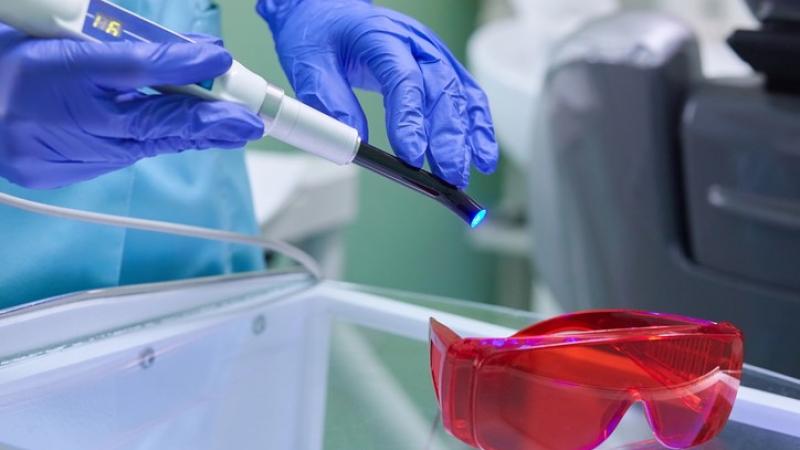Survey to provide insight on COVID-19 applications
June 17, 2020

The Lighting Research Center (LRC) at Rensselaer Polytechnic Institute is seeking a better understanding of the benefits and limitations of using ultraviolet lighting to battle the virus that causes COVID-19 through a new survey aimed at decision makers who use, or are considering implementing, ultraviolet technologies for the disinfection of public spaces.
UV and other lighting technologies are being developed for use on the front lines in the battle against COVID-19, health care acquired infections, and other biological pathogens. However, in the rush to disinfect public spaces, products and technologies are being presented that may not live up to their product claims. End users who need to ensure that buildings and rooms are disinfected and virus-free face confusing choices and conflicting information about which technologies best fit their needs.
To obtain data on real-world use of UV disinfection products, the LRC is conducting a short, five-question survey.
Results from the survey will be used by the LRC to develop a new publication in their series, National Lighting Product Information Program (NLPIP), which will provide guidance and answer fundamental questions concerning the safety, efficacy, and effectiveness of UV disinfection technology.
“Some UV technologies are mature and are well-proven at disinfection in niche applications," said Jennifer Brons, the director of design demonstration at the LRC. "New technologies are being developed that have the potential for more widespread application. But at a time of critical need in the response to COVID-19 and other health-acquired infections, there seems to be much misinformation. To inform our upcoming guide, we would like to reach those who have had experience installing UV systems into hospitals or building managers who have used this technology for disinfection in fire stations, schools, senior living facilities, trains, buses, or other high-use facilities.”
The researchers will close the questionnaire at the end of June.
The LRC is housed in the School of Architecture at Rensselaer. Established in 1988, it has consistently provided balanced, third-party evaluations that advance the effective use of light through publications like "Lighting the Way: A Key to Independence" and "Controlling Tuberculosis Transmission with Ultraviolet Irradiation" and outreach via the NLPIP.
The project is funded by the New York State Energy Research and Development Authority, the McClung Foundation, and the Lighting Energy Alliance.